I am producing a plot based on the width of a text column to determine the "knee point" based on the curve that is generated. I want more granular numbers so that I can be more specific in the size of the text.
I have tried the following:
library(textshaping)
library(dplyr)
df%>%
mutate(width_txt = text_width(title)) %>%
pull(width_txt) %>%
sort(decreasing = FALSE) %>%
plot()
Which gives me:
But not sure if this is correct. More specifically I want to have a logarithmic curve with numbers on the x-axis and the topic names on the y-axis of the plot.
> dput(head(df$title))
c("ACID?", "Week 2", "Week 2_1", "Are we talking ACID?", "Where has the reading material gone?",
"I like, I wish...")
